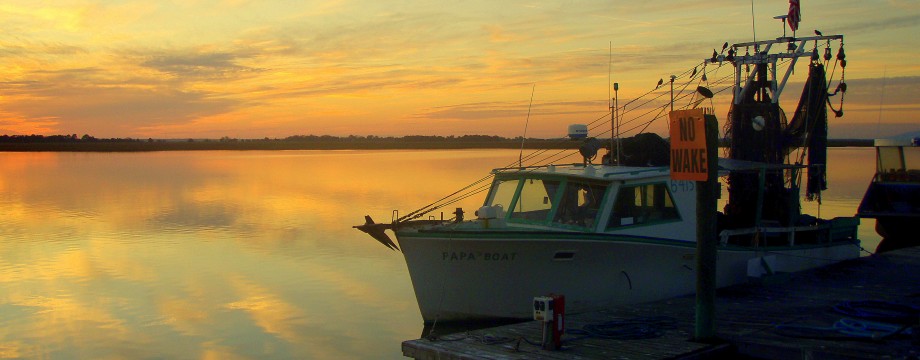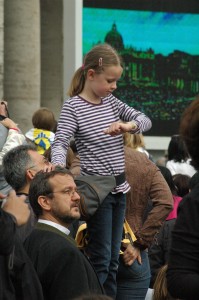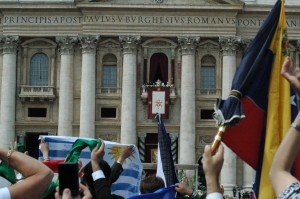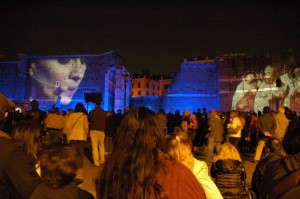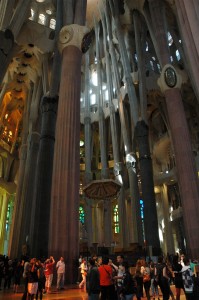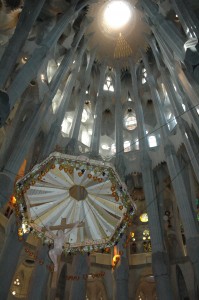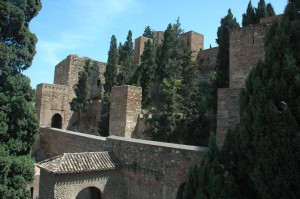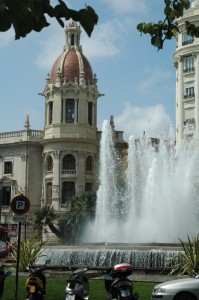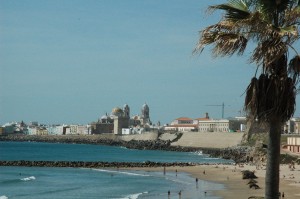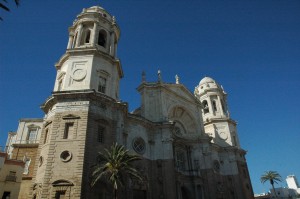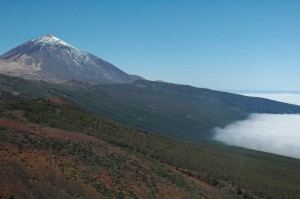Rome, Italy: April 18 – 24
Relics of another time stand frozen among the bustling metropolis of Rome. Scattered throughout the city, temple pillars and palace columns rise from the ground like stubborn redwoods. But beyond the staggering antiquity of this tourist wonderland lies a deep reverence for all things sacred.
Catholicism is evident throughout all of Europe in the days leading to Holy Week. Shops add to their wares, mementos of religious significance. Pilgrims of all nationalities flock to Vatican City for a whirlwind of services and events commemorating the life, death and resurrection of Christ.
Crowds swell at monuments and popular sites as they await public gatherings at St. Peter’s Basilica. Tickets for masses throughout the week are handed out in advance, reservations made months ahead. Many however remain unaware that all tickets are free and quite plentiful.
As outsiders looking in at the time honored traditions and the magnificent pageantry of an ages old procession in a cathedral draped in grandeur, we waited eagerly without tickets and welcomed the opportunity to join Maundy Thursday mass when ushered in by the Swiss guards overseeing all Vatican procedures.
In a mix of Latin and Italian, song and verse flow in rhythmic harmony from the altar at St. Peter’s through the apses and naves reaching the thousands in attendance. Weight and poignancy reverberate in the foreign words creating an indelible memory for those of all tongues, race or creed.
Good Friday brings with it a day of mourning and remembrance before the triumphant celebration to come. The night is consumed by a moving vigil taking the cross along its stations from the infamous Coliseum to one of Rome’s seven hills.
In a subsequent trip to Vatican City to witness the beauty captured in Michelangelo’s Sistine Chapel, we garnered tickets from the Swiss guards for Sunday’s open-air mass in St. Peter’s Square. Returning for Easter Sunday, a sea of people filed into the world’s smallest sovereign state to worship together.
A ceremony of tradition and ritual precedes a personal message from Pope Benedict. Those of us unable to comprehend the language were left hungry for the meaning of his words bringing to tears many of those around us. Giving hint of his message were only words pertaining to current events in reference to the earthquake in Japan and unrest in the Middle East.
In final conclusion of Holy Week activities, the Pope wished the crowd a happy Easter in a parade of languages from Italian, French and English to Swahili and Mandarin. With each salutation an uproar was heard from flag waving guests representing a myriad of nationalities.
Amongst the religious fervor there was of course time devoted to the sites of ancient Rome, a mythical place recreated in books, movies and imaginations. Unbeknownst to us until our arrival, our time in Rome coincided with the city’s birthday celebrated on April 21. Once the sun sets, a free, outdoor community event commemorates the day with a live orchestra, historical readings and related images all projected upon archeological remains.
The preservation of much of the city is impressive with a swath of the city taken up by the marble laden forum and the elegant Palatine Hill from which the nearby coliseum looms. Via Sacra, Rome’s oldest known street, is today the pathway for tourists exploring the forum, the center of ancient Roman life. In every direction lie the white marble remains of the so called Eternal City, given its name no doubt in part due to the rise and fall and rise again of this proud city. Intact buildings once home to parliaments and emperors now stand aged a thousand years prior to the foundation of America.
Dealing now with modern concerns endangering historic landmarks, Rome faces challenges in population, construction, transportation and pollution. Buoyed by the popularity of antiquity yet burdened with its preservation, the city of Rome continues to struggle with the responsibility associated with such a legacy while planning for future generations.

